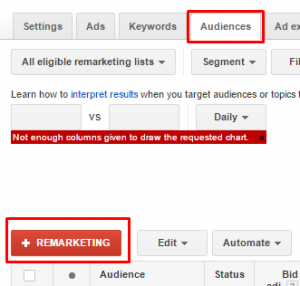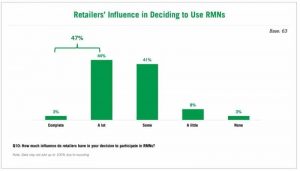
A couple of years ago, a client told me he was having some lead quality problems. The company had contracted with a major IT publisher for a webcast that guaranteed 150 leads. But the leads weren’t panning out; the quality was terrible and salespeople were pointing the finger at marketing.
I offered to check it out myself, and over the next few days spoke to 20 people on the list at random. Only two remembered registering for the event. A handful had seen a confirmation but didn’t remember registering, and the overwhelming majority said not only had they not registered, but the topic wasn’t even relevant to them.
The experience said a lot about the quality of leads that traditional channels are able to provide in a chaotic media world. B2B publishing houses have long relied upon their subscriber lists for the generation. People filled out qualification cards to get the publication for free, and then publishers monetized the business by selling access to the list.
 But nearly all those print publications are now gone, along with the data that readers provided. That means lead generators have to work existing lists harder, resort to lower quality lists, and even engage in shenanigans like the case outlined above to meet lead guarantees. That means lead quality suffers, and bad leads cost more than no leads at all. Lead generation expert Dan McDade (left) says he’s seen campaigns in which 99 percent of the leads generated were worthless. Ninety-nine percent.
But nearly all those print publications are now gone, along with the data that readers provided. That means lead generators have to work existing lists harder, resort to lower quality lists, and even engage in shenanigans like the case outlined above to meet lead guarantees. That means lead quality suffers, and bad leads cost more than no leads at all. Lead generation expert Dan McDade (left) says he’s seen campaigns in which 99 percent of the leads generated were worthless. Ninety-nine percent.
Quality time
This doesn’t mean lead generation is a fool’s errand, or that there aren’t good sources out there, but any marketer who judges the success of a campaign based upon the quantity of leads generated is asking for trouble. Poor lead quality is one of the most contentious issues that divides sales and marketing organizations, and despite a bounty of evidence that lead scoring and nurturing improves sales efficiency, many marketers I’ve dealt with still measure success by the number of names in the spreadsheet.
With good lists becoming harder to find, lead brokers are bringing technology to bear to improve lead quality. Predictive analytics can be used to qualify people based upon the characteristics or behaviors they exhibit without asking them to explicitly give up any information. Social channels are a promising new source of this type of lead, and startups are sprouting to provide this capability as a service.
A related and promising new strategy is account-based marketing. This technique focuses on a few highly desirable accounts, identifies individual influencers, and treats them as markets of one. Sales and marketing groups work arm-in-arm on account strategies. Social media also plays an important role here because profiles and conversations yield valuable insight that can be used for targeted messaging. Once the domain of only the largest companies, account-based marketing is now becoming accessible to everyone through cloud platforms like Engagio and Demandbase.
The bottom line is that marketers need to abandon the traditional spray-and-pray approach to lead generation in favor of more targeted and intelligent approaches. They need to rejigger their criteria for selecting lead-gen partner around qualitative rather than quantitative metrics. The good news is that the technology exists to make that possible. Ultimately, better quality leads create stronger partnerships between marketing and sales, and more productive engagement on both sides. The collapse of lists is a blessing in disguise.
Creative Commons photo by Scott Akerman via Flickr
Business & Finance Articles on Business 2 Community(63)








